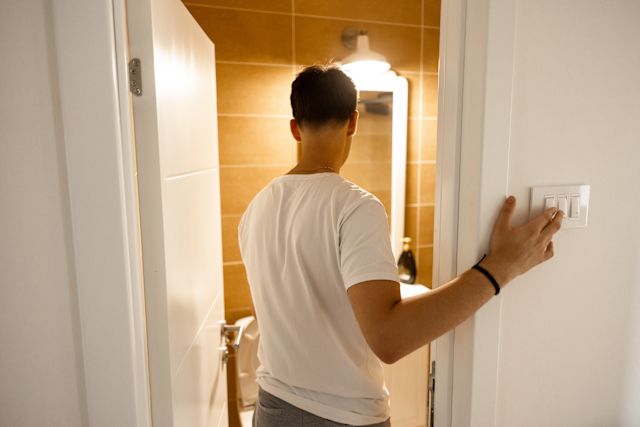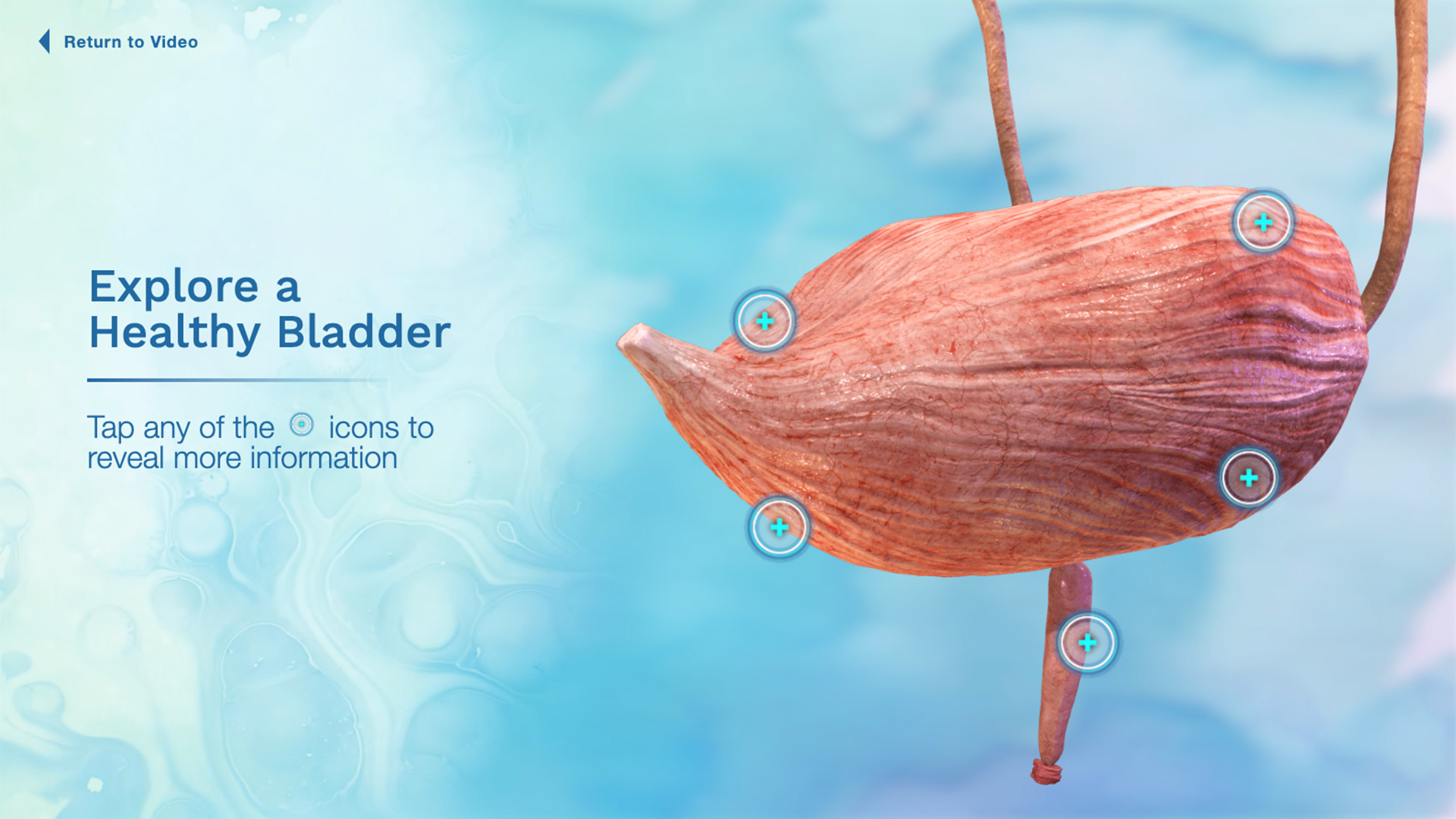Updated on March 28, 2025
About 33 million adults in the United States have overactive bladder (OAB). Sometimes called urge incontinence, OAB is the abrupt, strong need to urinate. It's different from stress incontinence, which occurs when movement—like sneezing or coughing—places stress on your bladder, causing you to pee. Some people have a combination of the two conditions, called mixed incontinence.
OAB symptoms are defined by four main characteristics:
- Urgency, or how badly you have to urinate
- Frequency, or how often you have to urinate; eight or more times in 24 hours is considered a sign of OAB
- Nocturia, or urination at night; going more than once could be a sign of OAB
- Incontinence, or the leakage of urine
Though it's not usually a serious health problem, OAB symptoms can be messy, inconvenient, and emotionally taxing. People with the condition often report feeling embarrassed, stressed, lonely, and depressed. Many have difficulties with social activities, work, intimacy, and even sleep, which can be interrupted by bathroom emergencies and leakage.
While OAB symptoms occasionally recede within in a few months, they often take years to get under control. Still, with proper diagnosis and OAB treatment, most people with the condition can improve their quality of life.
Who's at risk?
Though OAB can happen to anyone, some people are more prone than others. The chances increase for all of us as we age. Women have a slightly higher risk than men, as well, due to bladder changes after menopause.
Other factors contributing to OAB include obesity, smoking, and diabetes, as well as:
- Certain medications
- An enlarged prostate or similar blockages
- Excessive caffeine and alcohol intake
- Neurological conditions like Parkinson's disease, multiple sclerosis, or stroke
- Mobility issues, including arthritis
To properly diagnose your OAB and eliminate other possible causes of incontinence your healthcare provider (HCP) will need an accurate medical history. They will most likely perform physical and neurological exams, as well as a urine test and possibly a bladder scan. Among other diagnostic tools, your HCP may use a uroflowmeter to measure your urine volume, or cystometry, which figures out how your urine flow relates to your bladder pressure.
OAB treatment: What you can do
Once your OAB has been diagnosed, the first line of treatment will most likely be exercises and behavioral changes—things you can do by yourself, at home. You may be asked to cut back on coffee and alcohol, or to lose weight. Your HCP might tell you to drink fewer fluids in general, especially close to bedtime. You may be assigned one or more of the following exercises:
- Kegels, during which you squeeze and hold your pelvic floor muscles to improve bladder control
- Bladder training, during which you practice being able to hold your urine for longer and longer durations
- Scheduled voiding, during which you set certain times of the day for bathroom trips, until you don't feel the urge to urinate at other times
Keeping a bladder diary, where you record when and how much you urinate, can also be helpful in pinpointing your triggers.
OAB treatment: What healthcare providers can do
If behavioral changes don't quite work, or your HCP decides that additional steps should be taken, they might prescribe medication as part of your OAB treatment. Side effects may include dry mouth or constipation.
Another drug option is Botox, which an HCP injects into your bladder to paralyze its muscles. The treatment can last up to a year, though side effects are common. Some people must use a catheter to help empty their bladders, at least initially.
For more severe cases of OAB, surgery may be the best choice. Nerve stimulation, in which an implanted wire transmits electrical impulses to stop your bladder from contracting, is one option. The most severe cases may require suprapubic catheterization, during which a catheter tube is placed in your body to help remove urine. Other last-line treatments include surgery to make your bladder larger, or the removal of the entire bladder, though these are very rare.
Ultimately, if you believe you might have OAB, contact your HCP before beginning any treatment. They will help steer you in the right direction.






